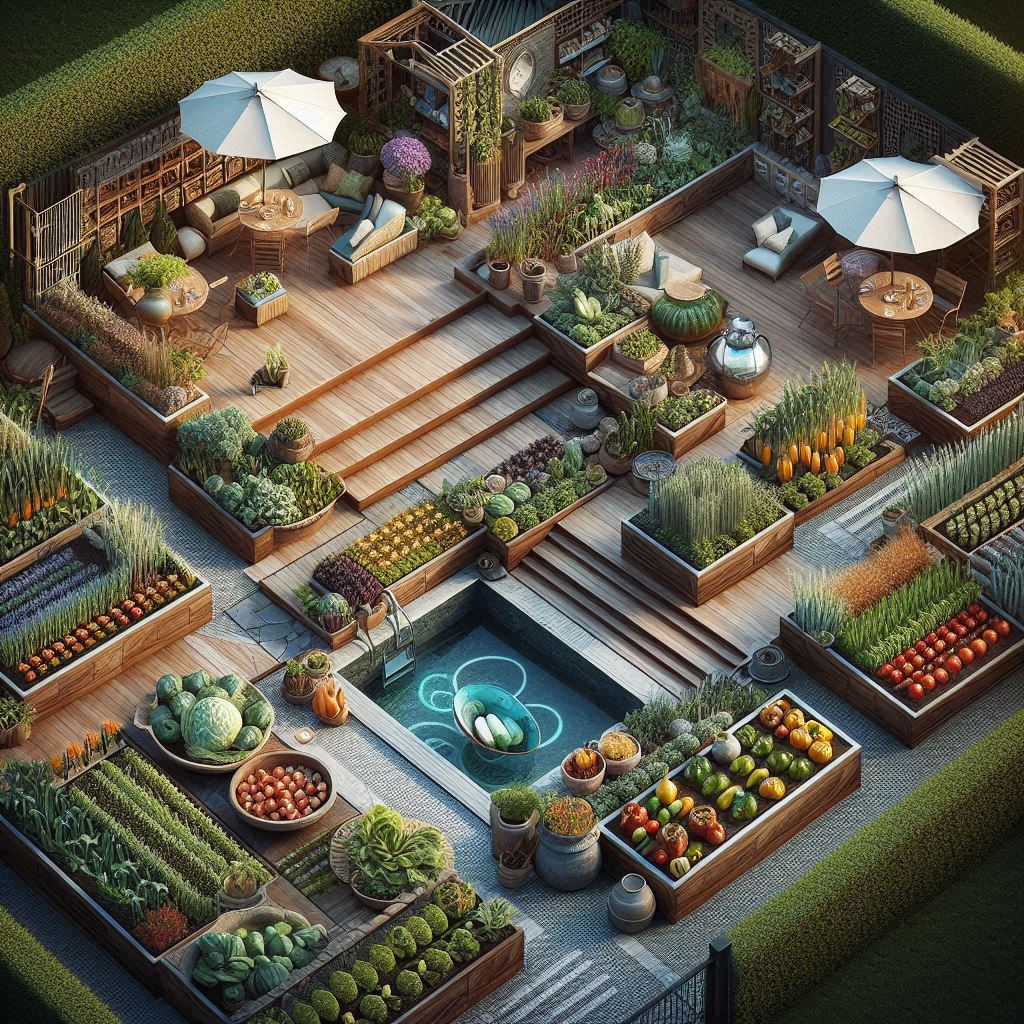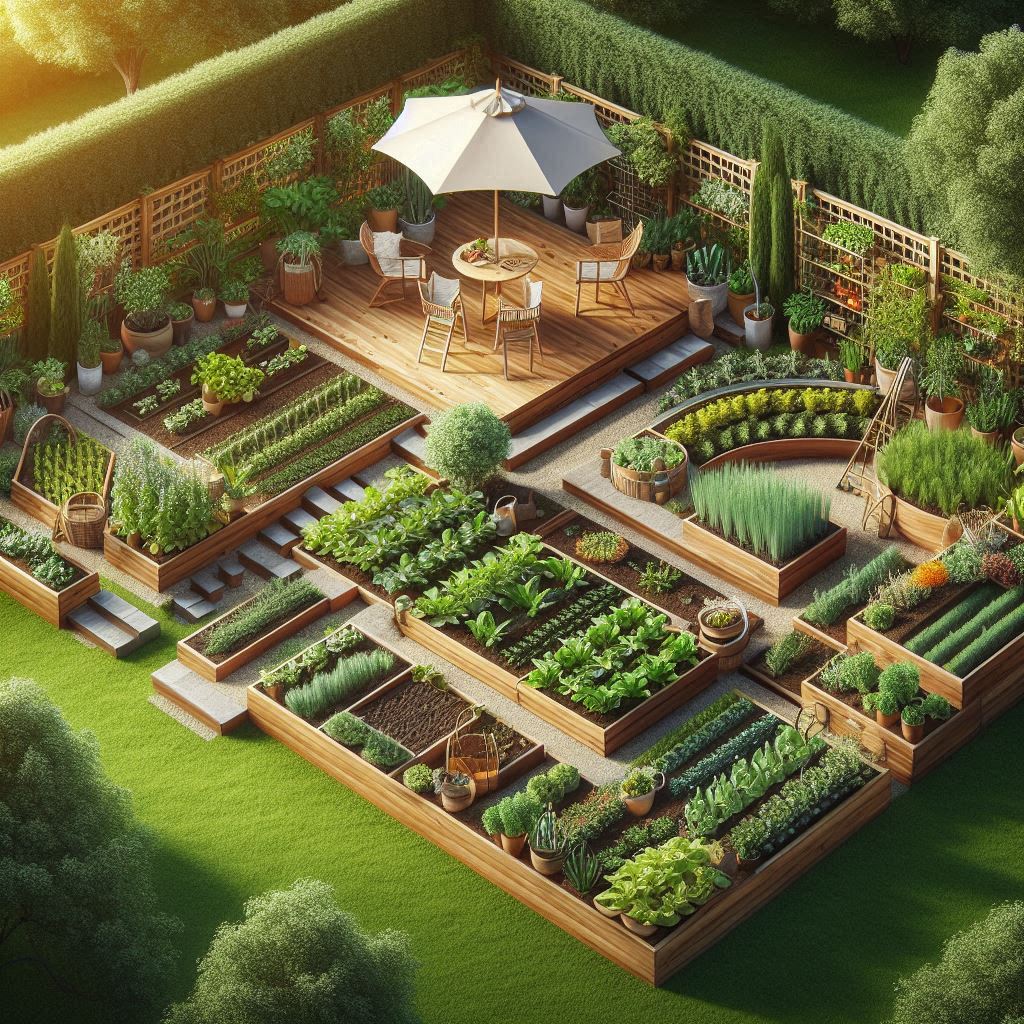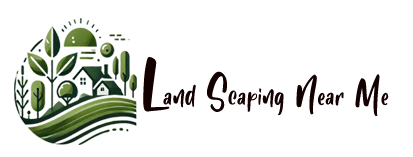Gardening is much like painting a masterpiece; every stroke, every hue, and every technique plays a role in creating a breathtaking landscape. Among the many garden layouts available, the raised bed garden layout stands out like an elevated stage in a grand theater, showcasing its lush greenery as the main attraction. But just as every choice comes with its own merits and drawbacks, this aesthetically pleasing garden design has both its advantages and limitations. If you’re considering raised beds for your garden and are searching for the best landscapers near me, this guide will help you make an informed decision.

1. The Beauty and Benefits of Raised Bed Gardens
A raised bed garden is like an artist’s easel, lifting the canvas to eye level for easier appreciation and careful detailing. This layout isn’t just about looks—it offers numerous benefits for both beginner and seasoned gardeners.
Improved Soil Quality – Because the soil is contained and elevated, it remains loose, aerated, and rich in nutrients. Unlike traditional gardens, raised beds are less likely to suffer from soil compaction, ensuring healthier plant growth.
Better Drainage – Think of raised beds as well-designed rooftops; just as water effortlessly slides off a slanted roof, excess moisture in a raised bed garden drains quickly, preventing waterlogging and root rot.
Easier Maintenance – With raised beds, there’s no need to bend down excessively. This makes weeding, planting, and harvesting much easier, especially for those with mobility issues.
Extended Growing Season – The soil in raised beds warms up faster in spring, allowing for an earlier start to planting and a longer harvest period.

If you’re dreaming of a lush, well-organized garden, seeking help from the best landscapers near me can ensure your raised beds are constructed with precision and care.
2. The Challenges of Raised Bed Gardens
While a raised bed garden layout is much like a majestic castle, elevated above the rest, it still comes with challenges that need careful consideration.
Higher Initial Cost – Constructing raised beds requires materials such as wood, stone, or metal, which can be expensive. Hiring the best landscapers near me can help ensure quality craftsmanship, but the upfront investment is significant.
Frequent Watering Needed – Due to better drainage, raised beds dry out faster than traditional gardens. This means more frequent watering, especially during hot summer months.
Limited Root Space – Some deep-rooted plants, like carrots or potatoes, may not thrive in raised beds unless they are built extra deep.
3. Best Plants for Raised Bed Gardens
Selecting the right plants for a raised bed garden is like choosing the right dancers for a stage performance—each one must suit the environment and space available.
Best Choices: Lettuce, spinach, strawberries, herbs, tomatoes, peppers, and flowers like marigolds thrive in raised beds.
Not Ideal: Deep-rooted crops like corn or sprawling plants like pumpkins require more space and are better suited to traditional gardens.
For a professional touch, searching for the best landscapers near me can ensure optimal plant placement and soil preparation.
4. Should You Choose a Raised Bed Garden?
A raised bed garden is like a beautifully arranged symphony—structured, elegant, and functional. If you want better soil, easier maintenance, and a striking garden aesthetic, raised beds may be the perfect choice. However, if budget constraints or water retention concerns are a factor, a traditional garden layout might be better suited.
Regardless of your choice, seeking expertise from the best landscapers near me can help you design the perfect garden tailored to your needs. Whether you choose raised beds or another layout, the goal remains the same—to create a flourishing, vibrant garden that brings joy and beauty to your home.
A garden is a reflection of your vision and dedication. So, whether you choose to elevate your garden with raised beds or embrace a traditional layout, let your green sanctuary be a testament to your love for nature!



